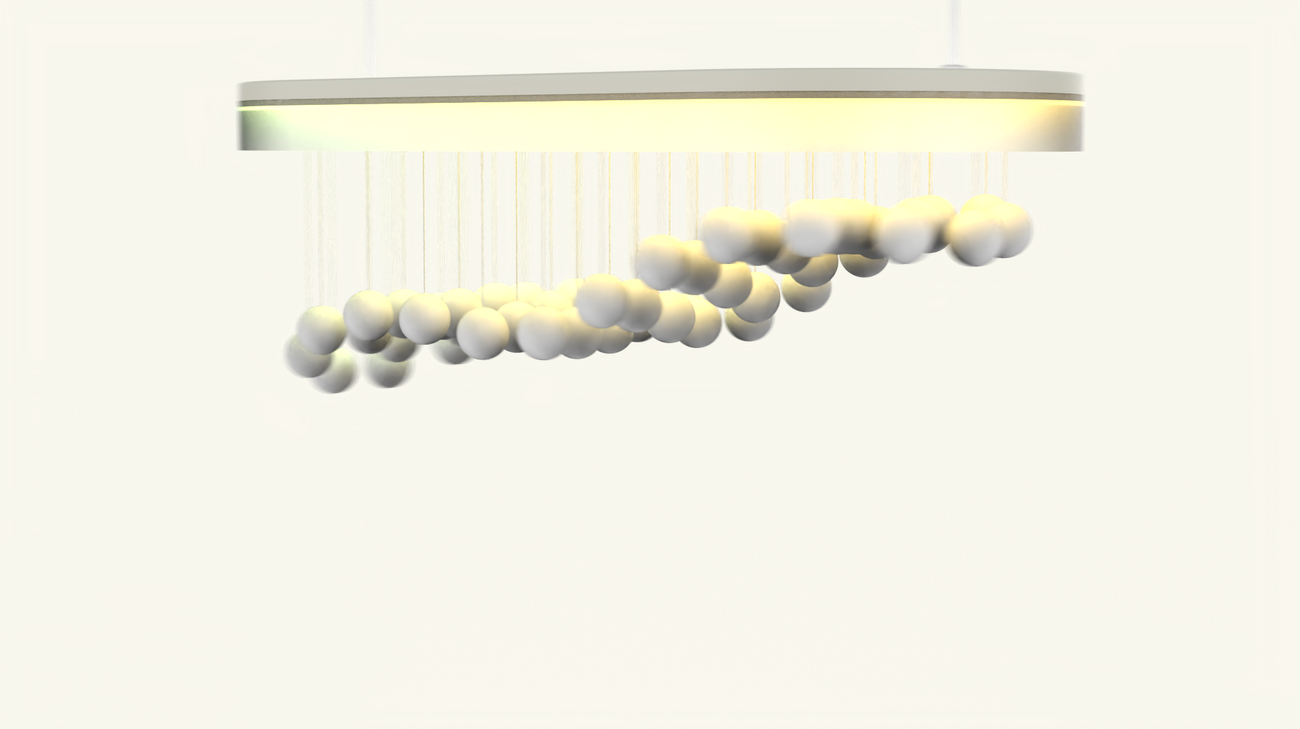Coding IxD - Let's get PHYSICAL: Selected Student Projects
In this year's software project, "Coding IxD," we tackled several challenges under the topic "data physicalizations": How can we enable people to explore and understand personal data meaningfully? How can data physicalizations foster people's reflection on the social, ecological, or economic entanglements of their behaviour and perception of the world? How can people interact with and manipulate data physically?
To foster these questions, we were inspired by the observation that personal data increasingly permeate our everyday routines. People unconsciously or consciously record their activities, for example, by counting daily steps, pinning favorite places in the city, or monitoring electricity and water consumption. These data can help to reflect on existing routines and behavior on an individual scale for self-optimization. On a large scale, these data can help develop a profound understanding and an awareness of social, ecological, or economic entanglements.
In order to be legible data needs to be represented in a meaningful manner. Only then can we turn data into information, make its significance graspable, and derive possible actions from it. The interdisciplinary course brought students from Computer Science of Freie Universität Berlin and Product Design of the Weißensee Kunsthochschule Berlin together to develop novel neo-analogue data physicalizations. These artifacts are designed to support cognition, communication, learning, problem-solving, and decision-making.
Ampere
Jaspar Neukirch
Henry el Bahnasawy
Marvin Hagemeister
One team engaged with the question of how people can be supported in keeping track of their electricity consumption. The result is the artifact "Ampere," which gives users a differentiated understanding of their energy consumption. The artifact displays in an abstract manner the current daily electricity consumption and the current year's consumption and relates it to a user-defined goal. To set up Ampere, users first enter a target value - i.e. the maximum level of energy consumption that they hope to adhere to. The four movable parts of Ampere continuously show whether the user meets or exceeds this target value in the defined period. The display is discreet, always present, and can be 'read' easily. Ampere motivates users to optimize their electricity needs.
Sphere
Hanna Wegener
Maya Giri
Philip Stricker
Another team was motivated by the idea of increasing emotional wellbeing at work. The team observed that employees should be enabled to be open and authentic with their emotions and thoughts in workplace settings. Their artifact "Sphere" encourages such regular reflection on emotion and thoughts in teams. Team members answer three questions once a week directly on the responsive "Sphere" website. "Sphere" collects these data and makes the overall emotional impression tangible and palpable to the team. Thus, the team members get an impression of how the team is currently feeling and are encouraged to exchange about it.
Further informations
All team projects on the topic "data physicalizations" and further information can be explored here: https://www.codingixd.org/lets-get-physical/


